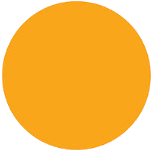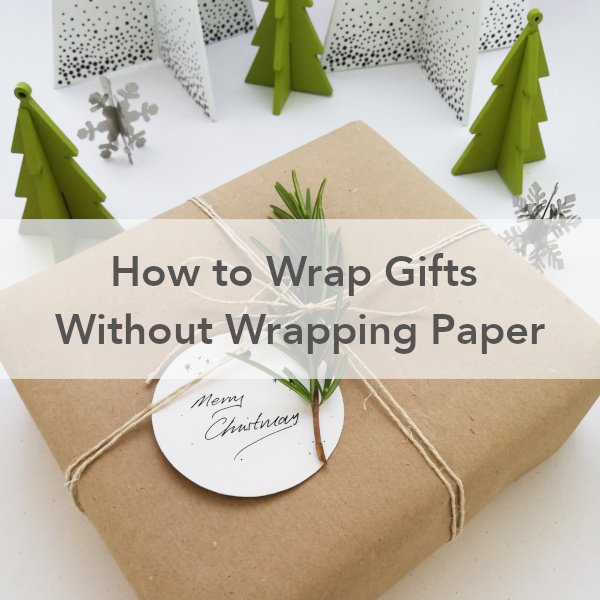What to do With Old Clothes Instead of Throwing Them Away
Clothes don’t last forever. Eventually they all end up worn, with holes in them and need replacing but how should we go about this in a sustainable way? Most of us have learnt that what to do with old clothes is to simply throw them away, but there is no away. They simply go to landfill.
In 2018, the United States Environmental Protection Agency (EPA), estimated that a total of 17 million tons of new clothing and footwear were made that year, in the US alone. In the same year, 11 million tons were sent to landfill!
In order to be more sustainable in everyday life, we need to find news ways of addressing our clothing needs whilst also reducing how much we waste and protecting the environment. So here are some ideas on what to do with old clothes instead of throwing them away and adding to landfills.
Why Not Just Throw Them Away?
Landfills are simply a place to hide all our rubbish. It’s a mound of everything we don’t want anymore piled on top of each other in an attempt to conceal it in some way. They give us the illusion that our discarded items aren’t a problem anymore but that couldn’t be further from the truth.
Present day landfills are contained in a combination of clay and plastic and everyday, they are covered in soil in order to reduce smell and to deter rodents.
So they are a complete mix of all our waste, soil, clay and plastic. Because they are sealed and tightly compacted, it is difficult for all the waste to break down but some of it does eventually.
This slow decomposition releases methane into the atmosphere which is damaging for human health and the environment and accelerates climate change.
As of 20th September 2024, the EPA recorded 2,639 landfills just in the United States.
How to Avoid So Much Waste
The best way to avoid so much textile waste is to stop buying so much. Every year the statistically recorded amount that we buy goes up. Technology has made it easy for us to buy clothing with just a few clicks and more recently fast fashion seems to be the main focus.
One of the biggest contributors to textile waste is fast fashion. Brands like Shein, Temu, Zara, H&M, Primark produce clothing more cheaply than before which means two things. 1. They don’t last as long because of the types of material they are using and 2. They make it easy and cheap for us to replace them sooner than we would have in the past.
I just want to say here that my intention is not to shame those who buy from these brands but to bring to light the damage that overconsumption is causing. I don’t want low income buyers to feel that they need to not buy clothing anymore or struggle to afford sustainable clothing when they cannot.
The solution here is to reduce our overconsumption of clothing and start taking responsibility for the items that we choose to buy.
What About Donating?
Can’t we just donate our old clothes instead of sending them to landfill? It depends. If the clothes you want to get rid of are still wearable and clean then yes, donating them to charity or selling them on is a great way to reduce waste. Make sure someone else can use them instead of you.
If the items of clothing are old, worn then you cannot always donate them. Check your local charity shops and donation bins and ask how they deal with worn out clothing that gets donated. They may sell it on to be recycled which is great. Or they may simply send it to landfill anyway. It’s different everywhere so be sure to check with them first.
What Else To Do With Old Clothes?
So if our clothes are no longer wearable and the local charity shops and donation bins wont take them, what else can we do? The best thing to do is to turn them into something else useful so that we prolong their lives. Here are some ideas.
1. Use Them for Cleaning
One of the easiest things to do is to use them for cleaning. It involves no time or effort, unless you want to cut them up.
You can use soft clothing like socks for dusting and the others for cleaning your worktops, bathrooms and floors. I have a few old socks with holes in saved specifically for dusting around the house because they’re easy to use. I haven’t even cut them up. I just pop my hand inside and use it like a puppet duster. :)
I save cotton clothing for wet cleaning; when I need to use natural cleaning sprays. These are perfect for sinks, toilets etc. Just wash them straight after and they’re ready to go for next time.
Consider having some in the shed for cleaning tools and bikes and other mucky stuff.
2. Turn Them into a Quilt
Do you sew? Maybe this is the time to learn if not. You could turn all your unwanted clothing into a quilt. The best thing is that it will be completely unique because you will have a different set of old clothing to others and you will put them together in your own way.
Think about how it could be passed down the generations as you get older and how many more years of use it will give to all those clothes that were destined for landfill.
3. Practice Sewing
Leading on from the point above. If you haven’t yet learnt to sew then you could save some of your clothing specifically for practicing your sewing skills. Or use these scraps first to make sure you’ve set your sewing machine to the correct setting before beginning work on your final piece.
4. Use Them for Mending
Another sewing related idea. Save some scraps for mending other clothes. I tend to save bits of old jeans just so I can mend the jeans I’m currently wearing. I also have a habit of cutting out the patterns I like on an item of clothing and saving them to make patches.
If you havent’ heard of it before, look into visible mending. It can be really beautiful.
5. Swap Your Nail Varnish Remover Pads
I recently started using old socks to remove my nail varnish instead of buying more cotton rounds and it’s perfect. I’ve used them so many times already and you can hardly tell there is any nail varnish on them.
Just keep reusing them until they are no longer usable and you will save so many cotton rounds from going in the bin.
6. Make a Patchwork Tote Bag
Cut out all your favourite parts of your clothing and stitch them together to make something useful. I say tote bag but it could be anything really. Tote bag, apron, peg bag, grocery bag, table cloth, face mask, the list is endless.
7. Make a Rag Rug
This is a really great way to use up loads of fabric in one go. If you have plenty of old clothes you can no longer wear then this perfect for giving them a long lasting second life.
Cut them up into strips and knot them together to make a large rug for your living space. Here is a great video by Nancy’s Notions to show you how.
8. Make Another Piece of Clothing
Ok so maybe your jeans are no longer wearable as long jeans but could they be worn as shorts? Consider cutting off the section that is worn away to turn them into something else you can wear.
Do you have an old t-shirt? Maybe it can now be a crop top instead? Or change a long sleeved shirt into short sleeves.
You could also make smaller items like head or neck scarves. Think of what else you could turn them into before throwing them out.
9. Turn Socks and Tights into Hairbands
Socks and tights are perfectly shaped to make hairbands and because they contain elastic they are ideal for using on our hair without causing any damage. Simply cut horizontal strips to make a whole selection of new hairbands to use.
10. Make T-shirt Yarn
Maybe you can crochet or knit? A great way to reuse your old t-shirts is to make t-shirt yarn so that you can easily turn them into something else useful. It takes a bit of time and there are some leftovers of fabric but you can use those for cleaning or something else I’ve mentioned above. Here is a great video by Bags by Bento on how to make t-shirt yarn.
11. Use Odd Scraps for Stuffing
Do you have an old cat or deg bed that needs more stuffing? Then your old clothes are perfect, especially any soft clothing like cotton t-shirts, cotton tracksuits, socks, knickers etc.
Cut them up into small strips and use them to fill out those beds that have gotten so flat over time. Your pets will really appreciate the extra comfort and warmth.
12. Make Garden Ties
Maybe your an avid gardener. Odd bits of fabric work great for tying up your veggies whilst being soft on your plants at the same time. The best thing is you can wash them and reuse them over and over unlike plastic garden ties that tend to break.
13. Compost Natural Fibres
If none of the above appeal to you and you have natural fibres like cotton, linen or hemp to get rid of then you can always compost them. This is perfect for things like underwear that you might not want to turn into something else for hygienic reasons.
Check that they are 100% natural first or cut away the parts that are elastic and pop the natural fibres only into your compost in small pieces. Small pieces of cotton will take around 5 months to degrade in a home compost. Linen and hemp will take just a couple of weeks.
Sources
[1] EPA
[2] The National Geographic









